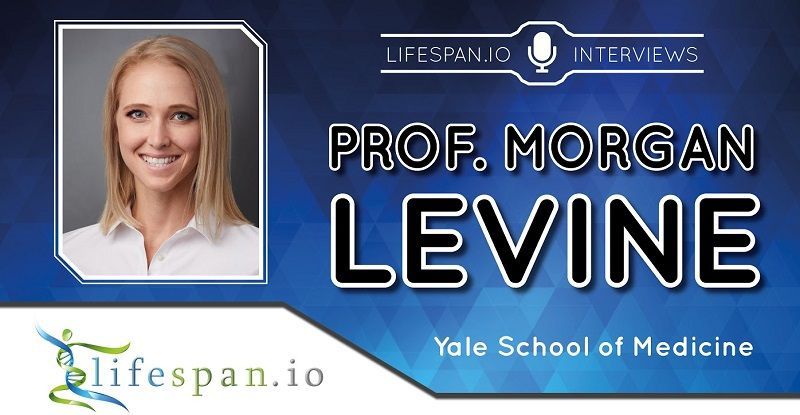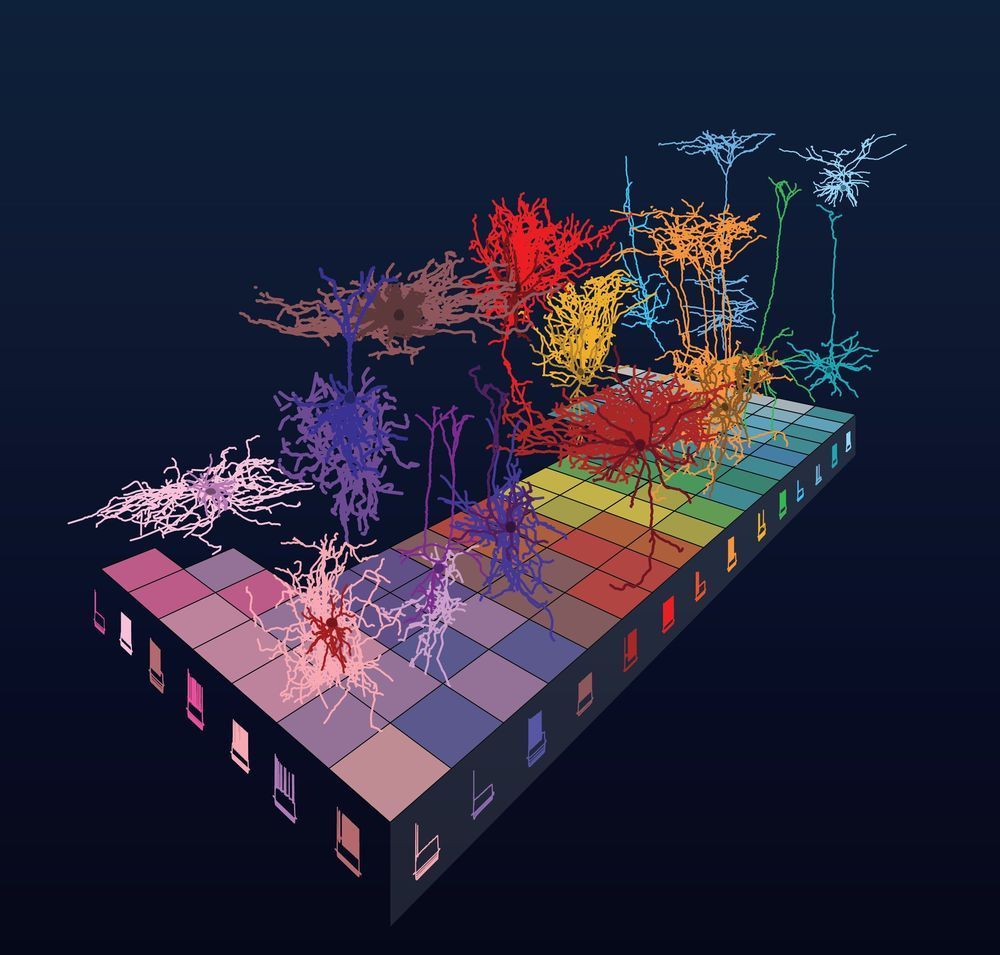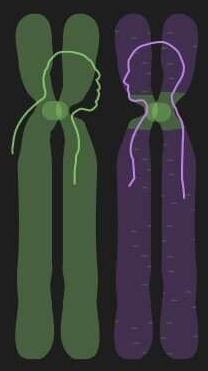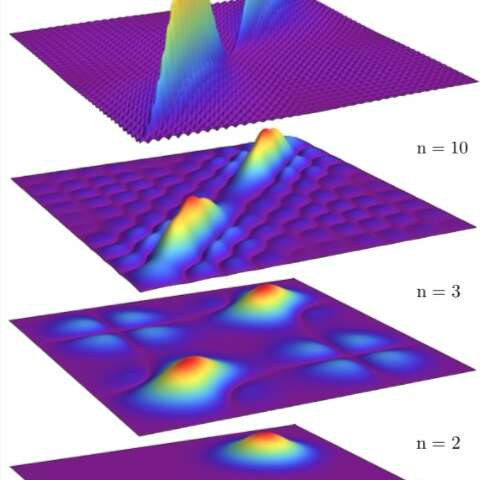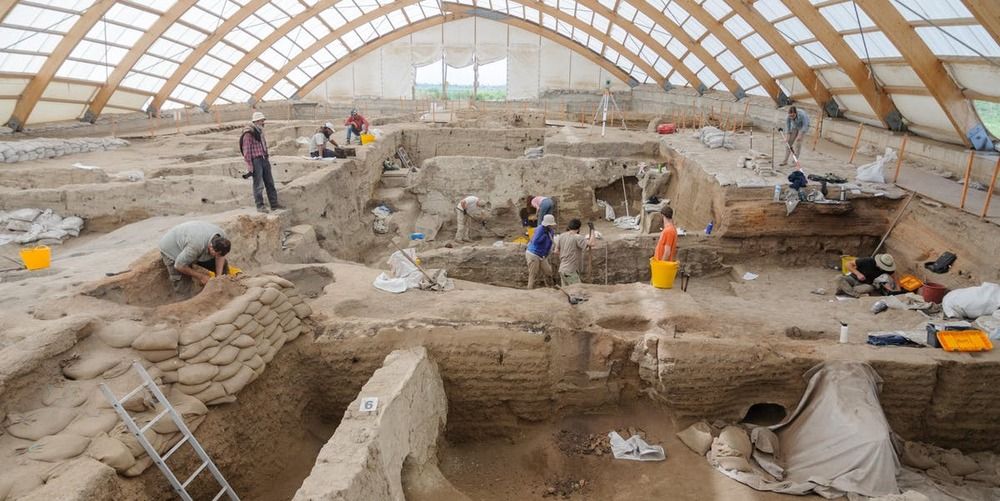A prototype solid-state battery based on lithium and glass faces criticism over claims that its capacity increases over time.
Page 7817
142.2k Followers, 4 Following, 1,241 Posts — See Instagram photos and videos from OK Go (@okgo)
Jun 18, 2019
Interview with Prof. Morgan Levine
Posted by Steve Hill in categories: biological, genetics, life extension
Tam Hunt interviews Prof. Morgan Levine about her work with epigenetics and aging.
One of the biggest breakthroughs in biology in the last few decades has been the discovery of epigenetics. Rather than changing the genes themselves, epigenetics change how genes are expressed, allowing our cells to differentiate between their various types.
However, the epigenetics of our cells change over time. There is some debate over how much epigenetic alterations are a cause or a consequence of other age-related damage, but they are one of the primary hallmarks of aging.
Jun 18, 2019
Rules of brain architecture revealed in large study of neuron shape and electrophysiology
Posted by Genevieve Klien in categories: biotech/medical, chemistry, neuroscience
To understand our brains, scientists need to know their components. This theme underlies a growing effort in neuroscience to define the different building blocks of the brain—its cells.
With the mouse’s 80 million neurons and our 86 billion, sorting through those delicate, microscopic building blocks is no small feat. A new study from the Allen Institute for Brain Science, which was published today in the journal Nature Neuroscience, describes a large profile of mouse neuron types based on two important characteristics of the cells: their 3D shape and their electrical behavior.
The study, which yielded the largest dataset of its kind from the adult laboratory mouse to date, is part of a larger effort at the Allen Institute to discover the brain’s “periodic table” through large-scale explorations of brain cell types. The researchers hope a better understanding of cell types in a healthy mammalian brain will lay the foundation for uncovering the cell types that underlie human brain disorders and diseases.
Jun 18, 2019
Dark centers of chromosomes reveal ancient DNA
Posted by Genevieve Klien in categories: biotech/medical, evolution, genetics
Geneticists exploring the dark heart of the human genome have discovered big chunks of Neanderthal and other ancient DNA. The results open new ways to study both how chromosomes behave during cell division and how they have changed during human evolution.
Centromeres sit in the middle of chromosomes, the pinched-in “waist” in the image of a chromosome from a biology textbook. The centromere anchors the fibers that pull chromosomes apart when cells divide, which means they are really important for understanding what happens when cell division goes wrong, leading to cancer or genetic defects.
But the DNA of centromeres contains lots of repeating sequences, and scientists have been unable to properly map this region.
Jun 18, 2019
Study sheds light on gauge invariance in ultrastrong-coupling cavity quantum electrodynamics
Posted by Genevieve Klien in categories: mathematics, quantum physics
In quantum electrodynamics, the choice of gauge (i.e. specific mathematical formalism used to regulate degrees of freedom) can greatly influence the form of light-matter interactions. Interestingly, however, the “gauge invariance” principle implies that all physical results should be independent from a researcher’s choice of gauge. The quantum Rabi model, which is often used to describe light-matter interactions in cavity-QED, has been found to violate this principle in the presence of ultrastrong light-matter coupling, and past studies have attributed this failure to the finite-level truncation of the matter system.
A team of researchers at RIKEN (Japan), Università di Messina (Italy) and the University of Michigan (U.S.) have recently carried out a study investigating this topic further. In their paper, published in Nature Physics, they identified the source of this gauge violation and provided a method to derive light-matter Hamiltonians in truncated Hilbert spaces, which can produce gauge-invariant physical results even in extreme light-matter interaction regimes.
“Ultrastrong coupling between light and matter has, in the past decade, transitioned from a theoretical idea to an experimental reality,” Salvatore Savasta, one of the researchers who carried out the study, told Phys.org. “It is a new regime of quantum light-matter interaction, which goes beyond weak and strong coupling to make the coupling strength comparable to the transition frequencies in the system. These regimes, besides enabling intriguing new physical effects, as well as many potential applications, represents an opportunity to deepen our understanding subtle aspects of the interaction of light and matter.”
Jun 18, 2019
Reduced adhesion between tissues could create microscopic tumours
Posted by Genevieve Klien in category: evolution
Jun 18, 2019
‘Double-slit’ quantum experiment shows strangeness of quantum uncertainty
Posted by Paul Battista in categories: particle physics, quantum physics
This theory combines wave and particle aspects in quantum mechanics be postulating that the motion of a particle is choreographed by the wave function.
By reconstructing the Bohmian trajectories of single photons, the team experimentally obtained the distribution of velocity change.
“In the experiment, the velocity disturbance happens gradually, up to five metres away from where the which-slit measurement was performed,” Prof Wiseman said.
Jun 18, 2019
Rotavirus vaccines may lower kids’ chances of getting type 1 diabetes
Posted by Genevieve Klien in category: biotech/medical
Vaccination against rotavirus is associated with a reduced incidence of type 1 diabetes in children, according to an analysis of U.S. insurance data.
Jun 18, 2019
One of Earth’s First Cities Suffered the Same Issues Metropolises Face Today
Posted by Genevieve Klien in categories: biotech/medical, food, health
“I am committed to the notion that the past predicts the present,” Larsen tells Inverse, “and we need to understand that past to understand the world we live in now.”
Larsen has had a longstanding interest in the health and lifestyle of early farmers — those who were working around the Neolithic transition from hunting and gathering to farming. So when Ian Hodder, Ph.D., an archeologist who leads the Çatalhöyük Research Project, invited him to join the project in 2004, he quickly accepted the opportunity.
This new study is based on 25 years of findings linked to the human remains found in Çatalhöyük. Dating of remains shows that the population there grew to its peak in the period from 6,700 to 6,500 B.C. and then declined rapidly. That decline is likely linked to the evidence of disease and malnutrition Larsen and colleagues found in the remains.


